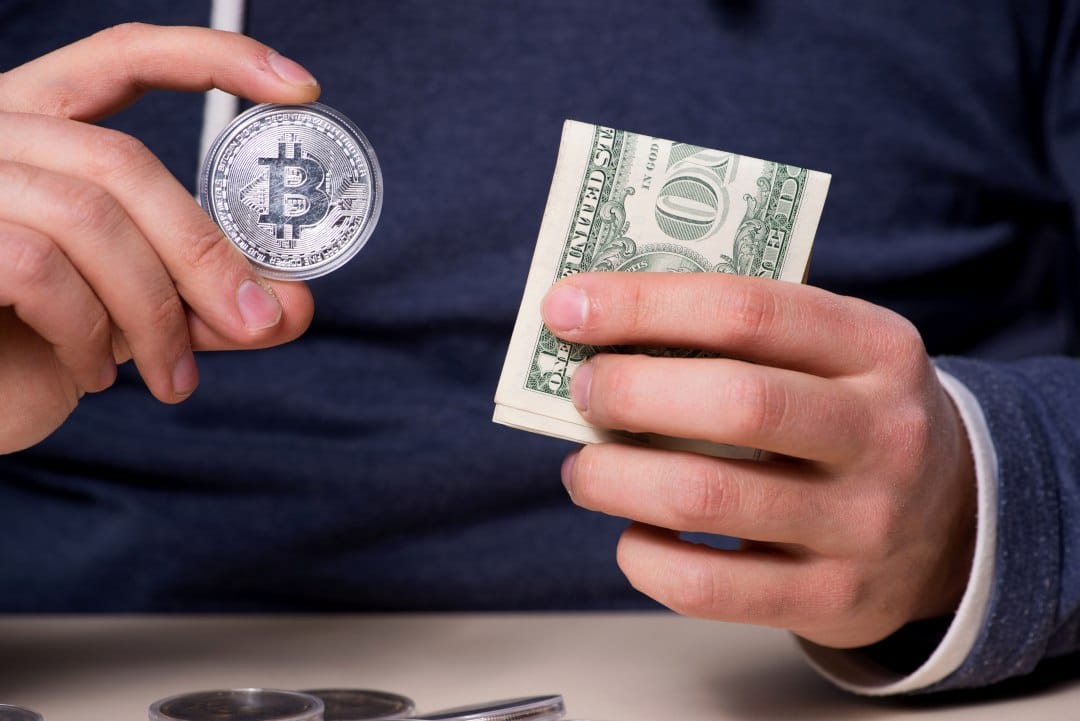The CTO of Bitfinex, Paolo Ardoino, responded on Twitter to accusations of manipulation of the bitcoin market with Tether dollar in 2017.
It's clear now that CryptoTwitter decided that the new paper published against @bitfinex , @Tether_to and especially against #bitcoin , is pure nonsense, riddled with basic errors.
It would be good to see articles explaining how wrong that paper is, at least for posterity.— Paolo Ardoino 🍐 (@paoloardoino) November 5, 2019
The accusations come from a study by professors John Griffin, of the University of Texas, and Amin Shams, of Ohio State University.
The study has been circulating for some time now and claims that the late 2017 bubble was caused by a single whale that would have manipulated the price of bitcoin on Bitfinex using Tether, by buying large quantities of BTC with USDT when the price was falling.
According to the accused, the study is fundamentally unreliable, because it’s based on too narrow data sets, and it would also be biased.
Tether’s General Counsel, Stuart Hoegner, has already had occasion to state:
“This is a transparent attempt to use the semblance of academia for a mercenary money grab. Updates or not, the paper lacks academic rigor”.
Ardoino pointed out that the hypothesis of the unreliability of the study seems to be shared by most of the crypto community on Twitter.
“It’s clear now that CryptoTwitter decided that the new paper published against Bitfinex, Tether and especially against Bitcoin, is pure nonsense, riddled with basic errors. It would be good to see articles explaining how wrong that paper is, at least for posterity”.
In fact, despite the fact that the Griffin and Shams study has received a lot of coverage in the mainstream media, the crypto community on Twitter took it with a grain of salt, questioning it simply out of direct experience.
In 2017, many members of the crypto community were active in the cryptocurrency markets, and recall the incredible hype that generated the bubble. The story told by the two professors seems almost ridiculous when compared to the reality of those months, when millions of people poured into crypto markets around the world because of the FOMO that had spread rapidly and like wildfire.
In addition, there are also those who have pointed out that every time the price of bitcoin goes up a lot and in a short time someone pulls out the story of market manipulation, and so this is by no means the first time it happens, and probably it won’t be the last time either.
Others point out that BTC/USDT trading volumes have almost always been sustained, not only during the second half of 2017, others even argue that news like this should be considered bullish.
To all this, should be added the comment of a VanEck analyst, Gabor Gurbacs, who refuted the study on the basis that the authors did not really understand the very structure of the bitcoin market. According to Gurbacs, the 2017 BTC price race was “organic”.
“I continue to be disappointed by career academics that fail to understand Bitcoin/crypto market structure basics as well as the fundamentals of cause and effect. The rise of tether is a result of organic bitcoin and crypto demand in periods of hyper growth”.
It is no coincidence that the spread of the hypothesis of a single whale that manipulated the price of bitcoin has not been able to weaken its value since the crypto community has received this hypothesis with pure coldness, if not with annoyance or even disgust in some cases. In other words, those who have invested in cryptocurrencies have not given credit to this hypothesis, considering it unworthy of attention.




